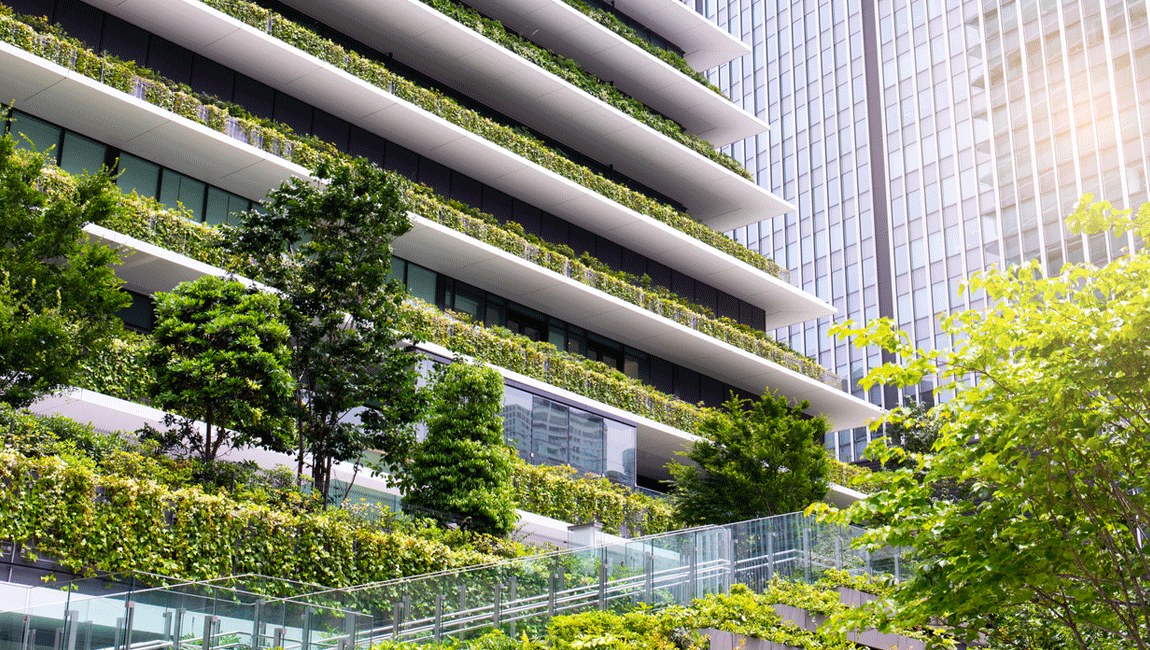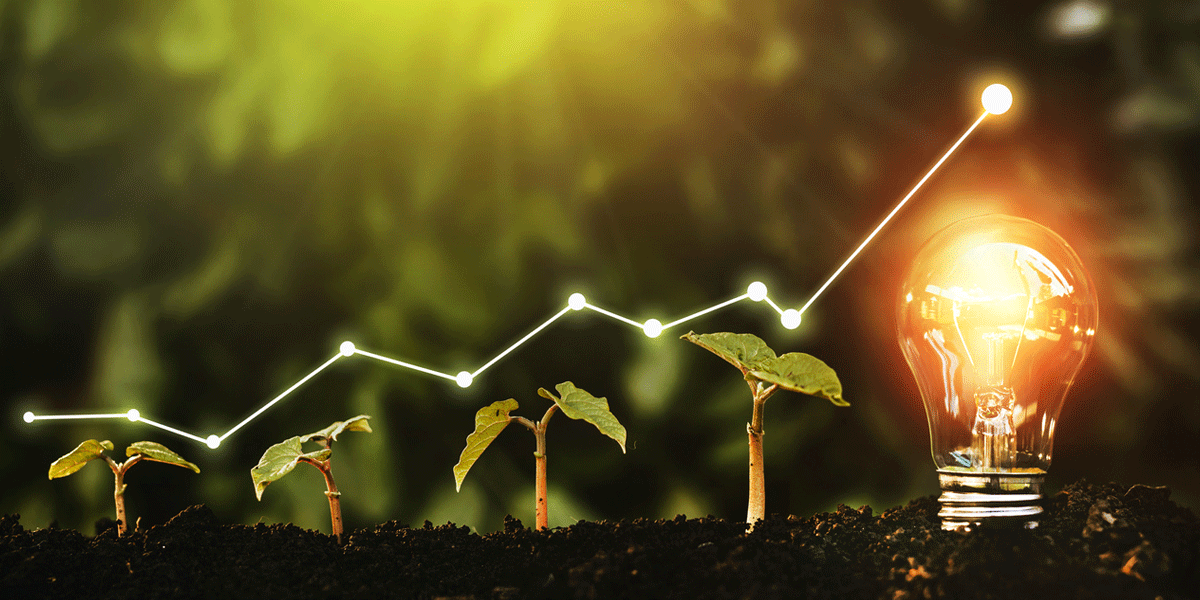Sustainable growth: what does it mean?

There is much talk in our current discourse about “building sustainability” for the generations to come. Usually, however, this is discussed in the realm of environmental policy. It is less common to hear discussions of sustainable growth as related to small businesses, large corporations, and every enterprise in between. But sustainable growth, though it comes with challenges, is ethical and essential for current and future communities to thrive.
Definition of sustainable growth
The American business magazine Inc. gives the definition of sustainable growth as “the realistically attainable growth that a company could maintain without running into problems.” Directly related to sustainable growth is the term sustainable growth rate, usually abbreviated as SGR, which Inc. refers to “the maximum growth rate that a company can sustain without having to increase financial leverage.”
As the moral of the Aesop fable “The Tortoise and the Hare” famously went, “Slow and steady wins the race,” alluding to the idea that consistent productivity and commitment over time is more fruitful in the long run than hastily rushing processes. The challenge facing modern companies is knowing how to determine a precise pace, and then keep consistent with it, while also remaining competitive in their respective markets.
How the sustainable growth rate (SGR) is calculated
Investopedia gives a straightforward formula for calculating a company’s SGR: it is the Return on Equity (ROE) x (1 – Dividend Payout Ratio). But to understand the formula, one must first understand the terms within it.
Return on Equity (ROE) is an assessment of a company’s profitability and can be determined by looking at the net income versus the company shareholders’ equity. The dividend payout ratio is simply the percentage of earnings per share distributed to shareholders as dividends.
The methods for calculating sustainable growth make some baseline assumptions about businesses, their goals and desires. According to Inc., those are that the business wants to “maintain a target capital structure without issuing new equity, maintain a target dividend payment ratio, and increase sales as rapidly as market conditions allow.” The crux of the whole system is, indeed, on equity, since findings consistently indicate that most corporations are hesitant to issue new equity. For the rare company that goes against that norm, there are no financial constraints on its growth rate.

Why knowing a company’s SGR is useful
Having an understanding of a company’s SGR offers useful insight into the organization’s daily operations and the efficacy of management. Are debts being paid off quickly? Is cash flow running as smoothly and efficiently as possible? Managers with measured understanding of sustainable growth can also set consistent sales growth objectives.
When companies are operating above their SGRs, they must ensure their focus is on generating sales and on developing high-margin products. Armed with the knowledge of one’s SGR, these kinds of plans can be made for temporary stretches of time, but without it, an organization can face unforeseen issues and financial strains. One area where this could arise is in inventory management – without a baseline understanding of its SGR, the company may not sufficiently grasp what inventory is necessary to maintain sales and satisfy customer and stakeholder needs.
If growth surpasses the sustainable rate for an extended period of time, financial strategies have to shift, often dramatically and to the company’s and its community’s detriment. New equity must be sold, or new debts taken on; dividends might have to be reduced, or profit margins increased. Companies are reticent to take such steps due to high costs, negative impact on company stock price (where the reduction of dividends is concerned), and numerous other factors. Growing too rapidly, therefore, presents a host of problems, and keeping an eye on SGR helps mitigate those risks.
Why sustainable growth is important
Sustainable growth is important for a number of reasons. Determining a sustainable growth rate takes some trial and error, but generally, trying to maintain a too-high SGR for an extended period creates problems. Companies eventually reach a sales saturation point as they become more profitable, and if they want to continue to grow, they must begin offering new or distinct products and services. If they grow at too rapid a rate, or begin offering services that decrease profitability, they may be sent back to the drawing board for new financing. On the flipside, if companies grow at too slow a rate, they risk stagnating, or only covering expenses rather than turning profits.
Economists and researchers claim that a company’s growth strategy and growth capability are crucial to consider if sustainable growth is to be achieved. Insufficient focus on one or the other will result in losses over the long term, even though there may be short-term gains. But in any realm, from business to building, true sustainability is fundamentally about the long haul.




